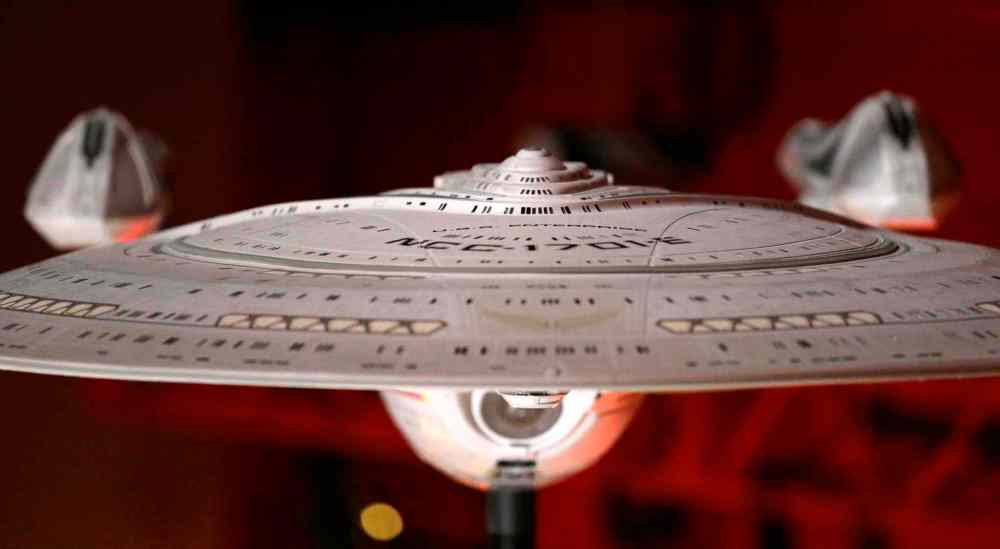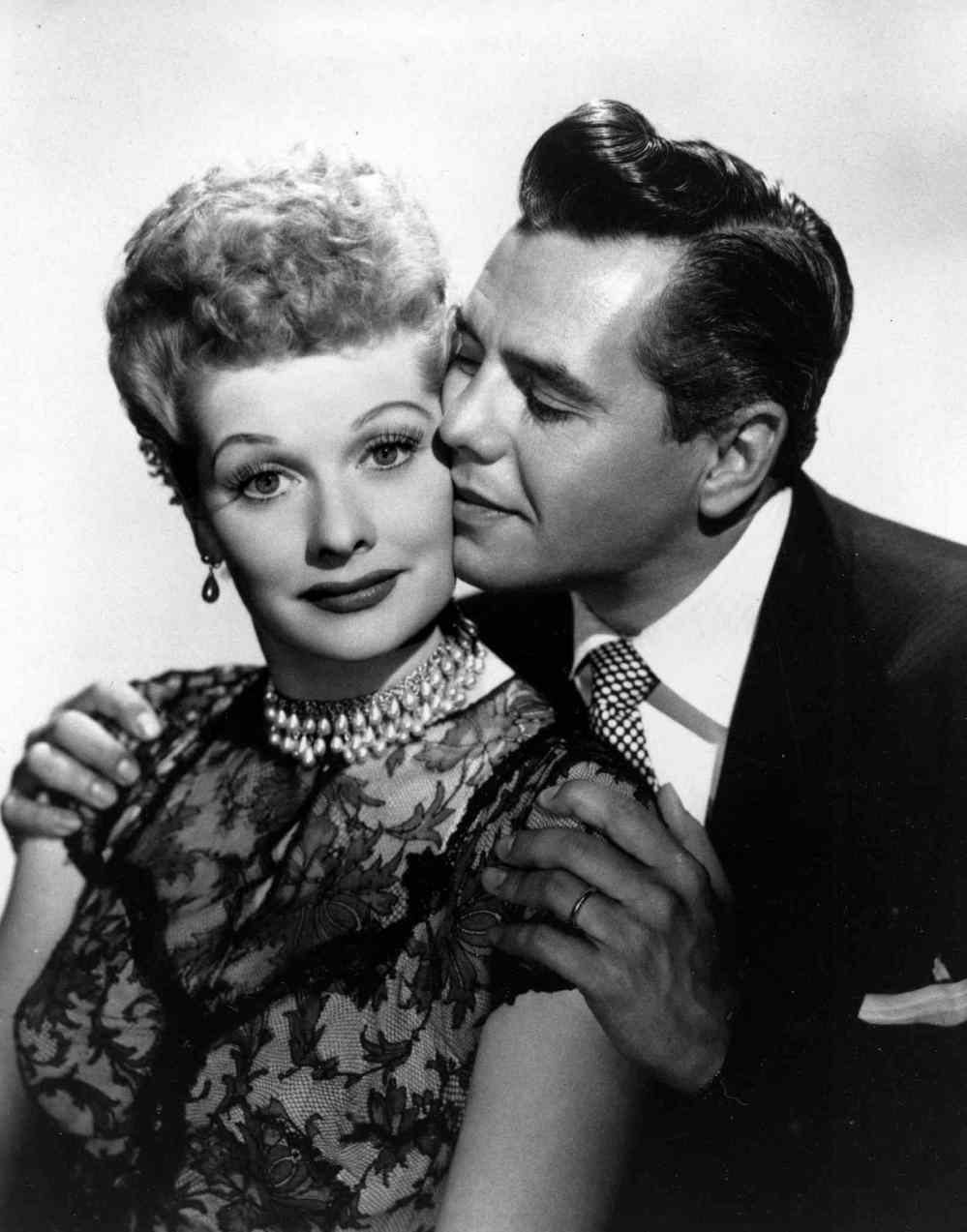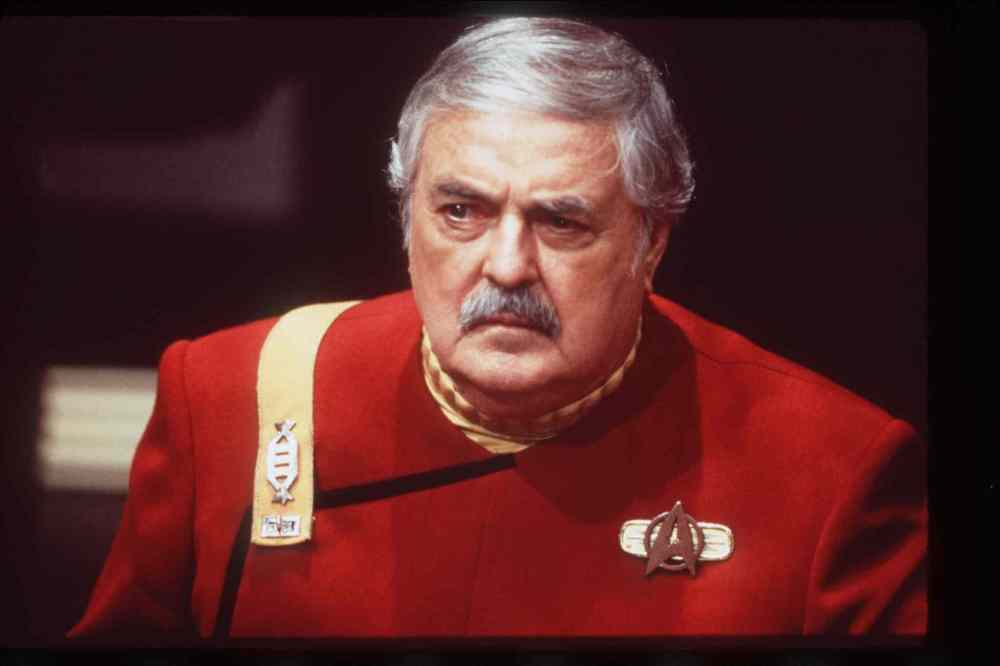In honour of its 50th, a handful of facts you might not know about Star Trek
Advertisement
Read this article for free:
or
Already have an account? Log in here »
To continue reading, please subscribe:
Monthly Digital Subscription
$0 for the first 4 weeks*
- Enjoy unlimited reading on winnipegfreepress.com
- Read the E-Edition, our digital replica newspaper
- Access News Break, our award-winning app
- Play interactive puzzles
*No charge for 4 weeks then price increases to the regular rate of $19.00 plus GST every four weeks. Offer available to new and qualified returning subscribers only. Cancel any time.
Monthly Digital Subscription
$4.75/week*
- Enjoy unlimited reading on winnipegfreepress.com
- Read the E-Edition, our digital replica newspaper
- Access News Break, our award-winning app
- Play interactive puzzles
*Billed as $19 plus GST every four weeks. Cancel any time.
To continue reading, please subscribe:
Add Free Press access to your Brandon Sun subscription for only an additional
$1 for the first 4 weeks*
*Your next subscription payment will increase by $1.00 and you will be charged $16.99 plus GST for four weeks. After four weeks, your payment will increase to $23.99 plus GST every four weeks.
Read unlimited articles for free today:
or
Already have an account? Log in here »
Hey there, time traveller!
This article was published 08/09/2016 (3345 days ago), so information in it may no longer be current.
For anyone lucky enough to have been alive at the time, 1966 was a year to remember.
It was a time when race riots and antiwar protests swept the United States, the Automated Teller Machine (ATM) made its debut, the Montreal Canadiens won their seventh Stanley Cup in 11 years, and the Beatles performed their final public concerts.
But it was also a time when human beings began a quest to go where no man has gone before, because 50 years ago this past week, on Sept. 8, 1966, the Starship Enterprise and its iconic crew flew into our living rooms for the first time, and nothing has been the same since.
The original Star Trek TV series ran for only three years and was cancelled after just 79 episodes, but it became a cult classic on syndicated TV and today it is nothing less than a cultural phenomenon, adored worldwide by obsessed fans known as “Trekkies” or “Trekkers.”
The 13th film in the franchise, Star Trek Beyond, opened last month and is doing big business at the box office, especially overseas where it beamed up $36.4 million last weekend, including $30.7 million at 6,259 locations in China.
In January, a brand new 13-episode TV series, Star Trek: Discovery, set 10 years before the events of the original 50-year-old show, is scheduled to première on CBS.
But you already knew that, right? We’ll bet you even knew the U.S.S. Enterprise had a six-lane bowling alley on board? What? You didn’t know that? Well, in a bid to get you up to warp speed on the 50th anniversary, here are the Top Five Things You Didn’t Know About Star Trek:
5) She Had a Dream

The casting of Nichelle Nichols as the beautiful and brainy Lt. Uhura, chief communications officer on the Enterprise, was a milestone in television history. It was the first time North American TV viewers were able to watch a black female character who wasn’t a mere stereotype.
Nichols’ portrayal of Uhura was a highlight of the original series and the first six Star Trek films. Which makes it hard to believe she gave serious consideration to jumping ship after the first season.
According to The Washington Post and a host of online sites, once the first season wrapped, Nichols decided it was time to leave the show and try her hand at a career she’d long dreamed of — being a Broadway singer.
“I was offered a role on Broadway,” the star recently wrote on Reddit. “I was a singer long before I was an actress, and Broadway was always a dream to me. I was ready to leave Star Trek and pursue what I’d always wanted to do.”
Fortunately, a huge Star Trek fan, one of the world’s first Trekkies, was able to change her mind at the last minute. We’re talking about legendary 1960s activist Martin Luther King Jr.
Recalls Nichols: “Dr. Martin Luther King, quite some time after I’d first met him, approached me and said something along the lines of ‘Nichelle, whether you like it or not, you have become a symbol. If you leave, they can replace you with a blond-haired white girl, and it will be like you were never there. What you’ve accomplished, for all of us, will only be real if you stay.’
That got me thinking about how it would look for fans of colour around the country if they saw me leave. I saw that this was bigger than just me.”
Thankfully, with Uhura on board, the Enterprise continued “hailing on all frequencies!”
4) We Love You, Lucy

If you think some of the stories on Star Trek were far-fetched, the true tale of the show’s brush with death before hitting the air will have your head spinning.
Back in 1964, according to Trek-loving websites, creator Gene Roddenberry found a home for his new sci-fi series at Desilu Productions, the studio founded in 1951 by the famed comedian Lucille Ball and her husband, Cuban bandleader Desi Arnaz. The couple had become superstars in the 1950s with their iconic sitcom I Love Lucy. By 1964, the pair were divorced and flame-haired Ball became sole owner of the studio, making her the most powerful woman in television.
Fortunately for Roddenberry, Ball was a staunch supporter of Star Trek, even though she was a bit fuzzy on the concept. According to author Mark Cushman’s book, These Are the Voyages, the famed comedian mistakenly thought it was going to be a show about USO performers who would travel and visit troops stationed in foreign countries. She often referred to it as “that South Seas show,” the book notes.
As the story goes, in 1965, Roddenberry produced the original pilot, The Cage, but it was rejected by the network, supposedly because it was too cerebral. But Ball flexed her muscle and persuaded the network to give the show a second chance, so Roddenberry overhauled the cast, and produced a second pilot, Where No Man Has Gone Before, which was given the thumbs-up.
According to Cushman, while crews filmed the second pilot, the camera tracks became gummed up with the “dust” they’d used for the planet’s surface; supposedly Ball herself grabbed a broom and swept the tracks clean. Which is why one studio executive is quoted in the book as saying: “If it were not for Lucy, there would be no Star Trek today.”
Had it not been for Lucy, that studio would have had some ‘splainin to do.
3) Pucker Up And Make History
You may be surprised to learn that Star Trek was, in fact, what our mother used to call “a kissing show.” What we are talking about here are historic kisses.
It has long been claimed that the first interracial kiss between a white man and a black woman on American network television came in a Season 3 episode called Plato’s Stepchildren, which aired on Nov. 22, 1968, when Capt. Kirk (William Shatner) locked lips with Lt. Uhura.
That is true. Sort of.
The episode involved the crew of the Enterprise being turned into the unwilling slaves of powerful beings called “Platonians,” who wielded the power of telekinesis and used their super-brains to turn the crew into their puppets, the highlight being forcing Kirk and Uhura to swap spit, so to speak.
During those troubled times, the “telekinesis” angle made the controversial kiss more palatable for queasy studio executives. Nichols has recalled: “Bill shook me and hissed menacingly in his best ham-fisted Kirkian staccato delivery, ‘I! Won’t! Kiss! You! I! Won’t! Kiss! You!’”
Fan sites note the historic kiss was originally supposed to feature Mr. Spock (Leonard Nimoy), but apparently Shatner vetoed that plan.
“Bill Shatner saw what was going on,” Nichols has said. “And he said, ‘Whoa, whoa, whoa. If anybody is gonna get to kiss Lieutenant Uhura it’s gonna be me.’ And he had the whole thing changed so the first interracial kiss was Lieutenant Uhura and Captain Kirk.”
In reality, most experts say North American TV’s first interracial kiss came months earlier, Dec. 11, 1967, when Nancy Sinatra got a friendly peck on the cheek from Sammy Davis Jr. on her special called Movin’ With Nancy. And British TV had already beaten everyone to the punch.
But Star Trek had the first scripted kiss. So they went where almost no one had gone before, and that’s pretty cool, too.
2) Scotty Gave It All He Had, Captain

On the TV show, Chief Engineer Montgomery (Scotty) Scott was a hero, frequently saving the Enterprise and its crew with his 11th-hour heroics in the starship’s engine room. In real life, the actor who portrayed him, Vancouver-born James Doohan, was an even bigger hero.
Doohan joined the Royal Canadian Artillery at the beginning of the Second World War and became a lieutenant in the 14th Field Artillery Regiment of the 3rd Canadian Infantry Division. He was one of the first Canadians to land on Juno Beach on D-Day during the Allied invasion of Normandy.
According to online reports, he was hit by machine-gun fire, taking four rounds in one leg, one in the chest and one through his right middle finger. Reports vary on whether he was hit by German fire or rounds fired by a nervous Canadian sentry.
Amazingly, the bullet to the chest, which could have been fatal, was stopped by a metal cigarette case, reportedly given to him by his brother.
His right middle finger had to be amputated, a fact he concealed during his years on Star Trek, when a stand-in was reportedly used for close-up shots.
He even braved new frontiers in death. On May, 22, 2012, some of Doohan’s cremated remains were launched into space from Cape Canaveral inside a shiny canister the size of a tube of lipstick. His family heeded his final wish and paid to have a gram of ashes ferried into orbit on a privately owned rocket.
For the record, he never uttered his famous catchphrase — “I’m givin’ her all she’s got, captain!” — in that exact form in the shows or films.
The closest he came was during a Season 2 episode in which he grunts: “Giving them all we got.” Which he did his entire life.
1) “Beam Me Up, Scotty!”
Remember that thrilling episode? The one where Kirk is trapped on the scary alien planet, slaps his communicator and orders Scotty to transport him back to the Enterprise with this iconic catchphrase: “Beam me up, Scotty!”
Remember that?
Well, if you do, you were likely under the influence of some of those drugs that were popular back in the ‘60s. That’s because, as it turns out, Kirk never said those exact words.
Seriously, the famed phrase is irrevocably linked with the original show and its spinoff movies, along with being a cornerstone of popular culture, even though it has never been uttered in that form in any Star Trek TV episode or movie.
You think we’re kidding, but we’re not. It turns out Shatner said things that were similar, but different.
In various episodes, the crusading captain of the Enterprise said, “Scotty, beam us up” or “Beam us up, Mr. Scott” or “Three to beam up” or “Beam them out of there, Scotty.” But never “Beam me up, Scotty!”
Apparently the phenomenon of misquoted catchphrases is more common than you think.
For instance, Jack Webb’s character, Joe Friday, on the iconic Dragnet series never said, “Just the facts, ma’am.” And Sherlock Homes never uttered, “Elementary, my dear Watson.”
According to TV.Tropes.org, the actual phrase comes from a famous bumper sticker: “Beam me up, Scotty, there’s no intelligent life on this planet.” The only time Shatner said those words was in the audiobook verson of his 1995 novel, The Ashes of Eden.
In a 2015 article in The Atlantic, writer Maria Konnikova noted misquotations are often remembered because they are catchier than the original quote. “The adjustments are minor ones,” she wrote. “They aren’t blatant misquotations so much as attempts to, on some level, make things sound the way they should sound. These misquotes are in the category of, ‘Right, that’s what I wanted to say, and maybe even how I wanted to say it.’”
What we’re trying to say is all you Trekkies (or Trekkers) know more about your beloved show now than you did at the start of this column. Even if you don’t, it doesn’t matter, because 50 years after its journey began, Star Trek continues to live long and prosper.
doug.speirs@freepress.mb.ca
History
Updated on Thursday, September 8, 2016 3:35 PM CDT: Tweaks headline.



